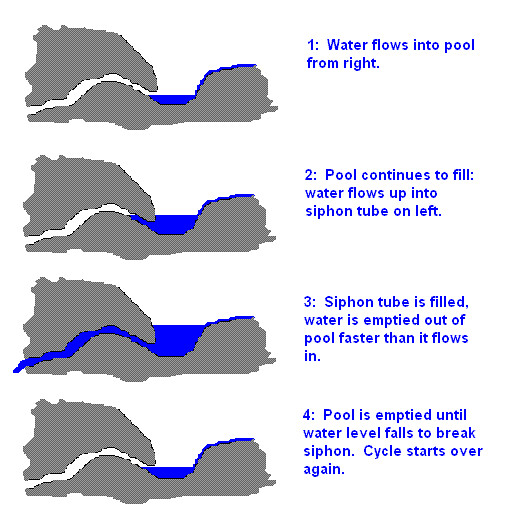Does anyone know anything about the Ebbing and Flowing Well near Giggleswick, Settle, North Yorks?
It's located on the north side of the B6480 that runs through Settle and Giggleswick, Grid Reference SD 80535 65235 (or thereabouts).
I've visited it a few times, and on occasion I've seen the ebbing and flowing motion that the well is renowned for. It has been mentioned in several books, including "The History and Antiquities of the Deanery of Craven" by T. D. Whitaker, 1878 and earlier editions.
This website http://megalithix.wordpress.com/2008/09/12/ebbing-flowing-well-giggleswick-north-yorkshire-holy-well/ has some information, including lots of books in which it is mentioned, but I can only find a few of these.
I'm interested in the source of the water, the cause of the ebbing and flowing, the caves in Giggleswick Scar which is just above the well, and generally anything to do with that area.
Cheers,
Hannah
It's located on the north side of the B6480 that runs through Settle and Giggleswick, Grid Reference SD 80535 65235 (or thereabouts).
I've visited it a few times, and on occasion I've seen the ebbing and flowing motion that the well is renowned for. It has been mentioned in several books, including "The History and Antiquities of the Deanery of Craven" by T. D. Whitaker, 1878 and earlier editions.
This website http://megalithix.wordpress.com/2008/09/12/ebbing-flowing-well-giggleswick-north-yorkshire-holy-well/ has some information, including lots of books in which it is mentioned, but I can only find a few of these.
I'm interested in the source of the water, the cause of the ebbing and flowing, the caves in Giggleswick Scar which is just above the well, and generally anything to do with that area.
Cheers,
Hannah




